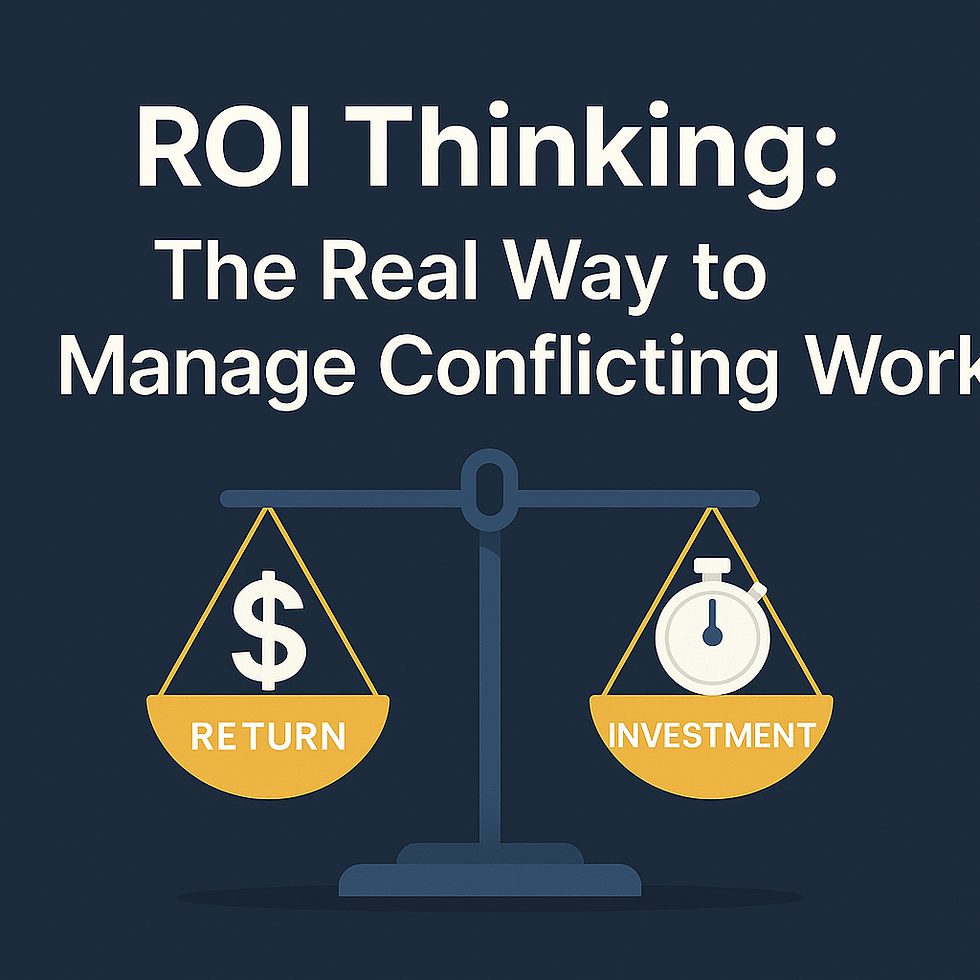Business Process vs. Workflow — A Distinction You Need To Think
- Admin
- May 9
- 2 min read
Updated: May 12

Everyone throws around “business process” and “workflow” like they’re the same thing.But they’re not.
The Email That Triggered It
An analytics manager once asked me for a Salesforce schema diagram — object relationships across 15 key objects.
My first instinct was to send a high-def screenshot from Schema Builder.But I stopped. Would that really help?
Instead, I grouped the object relationships by business process:
Lead process
Sales process
Core account data
The response from the manager surprised me:
“What do you mean by business process?”
That got me thinking: We use this term all the time — but do we actually define it?
What Is a Business Process?
A business process is a high-level flow across people, tools, and teams to get a business outcome done.
It’s not about specific clicks or fields. It’s about how a goal gets achieved — like:
Converting leads to customers
Onboarding a new account
Fulfilling and billing an order
It spans systems. It involves coordination.
Business Process exists whether or not it’s automated.
What Is a Workflow?
A workflow is the system-level path — the actual step-by-step execution behind a process.
It’s about:
Which tools are used
Who performs what task
What rules, triggers, or validations guide the flow
Where data gets updated
Think of workflow as the execution wiring that runs under the high-level process map.
Why It Matters
When someone says, “I don’t understand the system,” they might be missing either:
The process: what’s supposed to happen across people and teams
The workflow: how that happens technically
Engineers sometimes try to fix confusion by editing page layouts or building flows or workflow fixes — when what’s actually unclear for them is the process itself.
On the flip side, business teams often ask for technical breakdowns when what they’re really looking for is clarity on how people and systems move together to achieve outcomes.
Confusing the two leads to misalignment, miscommunication.
How Salesforce Itself Evolved Along This Line
Salesforce’s own tool progression reflects this shift:
Workflow Rules: simple field updates and email alerts
Process Builder: slightly higher-level automation
Flow Builder: logic-driven, screen-based flows
Flow Orchestration: coordinated, cross-user, multi-step business process automation
That evolution tells the story. Salesforce moved from enabling task/workflow execution to supporting business process orchestration.
So if the platform had to grow to reflect this difference — so should how we understand about it.
Quick Summary: Process vs. Workflow
Here’s a simple way to remember it:
Business Process | Workflow |
High-level outcome | Low-level execution |
Spans roles and systems | System-specific logic |
Outcome-oriented | Task-oriented |
Describes what needs to happen | Describes how it happens |
Key Takeaways
This isn’t just about fixing terminology.
If you’re building, explaining, or documenting how work gets done, start by being clear:Am I describing the process, or the workflow?



Comments